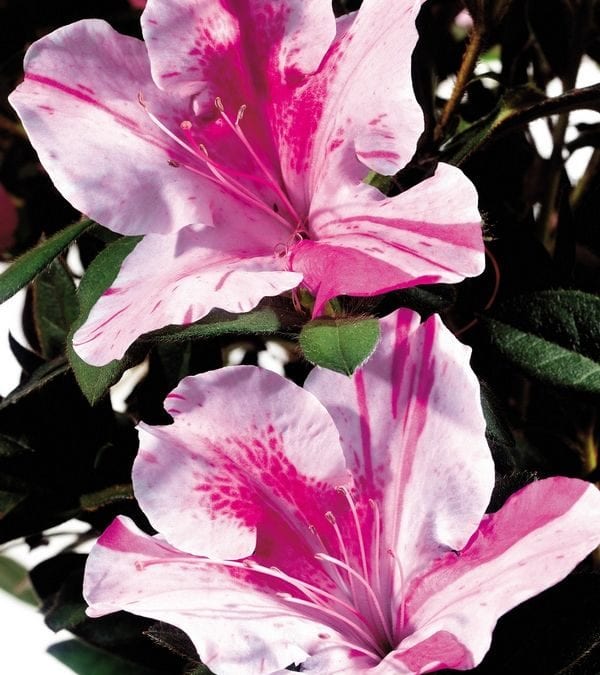Autumn Twist, one of 31 varieties of Encore Azalea re-bloomers. Robert “Buddy” Lee has been a grower of wholesale plants and a registered nurse over the years, but his one abiding preoccupation has been his need to find a spring-flowering azalea that blooms through summer and fall. More than 40 years ago, from his fields in southern Louisiana, this was a lonely quest, but not a quixotic one. As the inventor of the Encore Azalea brand, he has given gardeners more than 30 azaleas in various sizes and bloom color, with more in the works. “You have waves of color in summer,” he says, “and as it cools down to return to more of the spring temperature range, you’ll get a lot more bloom.” Lee may have been a pioneer in the desire for a déjà vu moment in the garden, but he is no longer alone. The ornamental plant industry is defined by a race to develop and trademark plants that keep on blooming beyond their natural moment in the growing year. “It’s what we are all striving for in every genus,” said Jonathan Pedersen, vice president of sales and business development at Monrovia Nursery, a major wholesale grower. In addition to fall-blooming azaleas, gardeners can find hydrangeas that flower in September, sunflowers still going strong in October, lilacs in fragrant bloom in August and even a clematis that produces its bell-like blooms until frost. Roses have always been pushed by breeders to re-bloom, but the days of them flushing every eight weeks or so have been replaced by near continuous display. The floral conveyor belt may upend our sense of a garden’s seasonality, but the breeders, growers and marketers are confident that homeowners will be drawn to the continuous displays like bees to nectar. They already are. More than 2.6 million of Lee’s creations are sold annually, and their popularity is squeezing out traditional evergreen azalea offerings. Garden centers are reducing classic offerings, said Kip McConnell, director of Plant Development Services, which has brought Encore Azalea to market. It works with 70 licensed growers, who also grow […]






